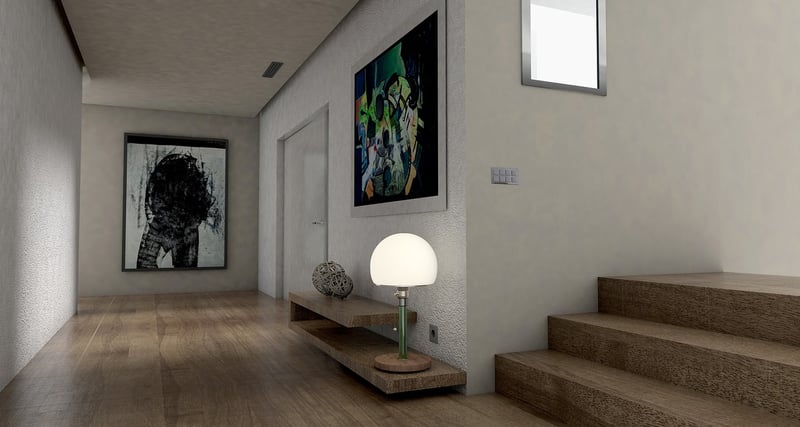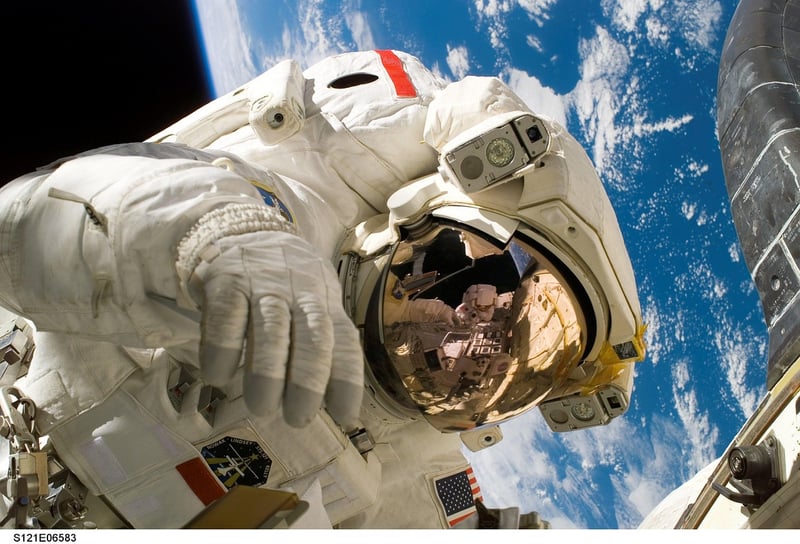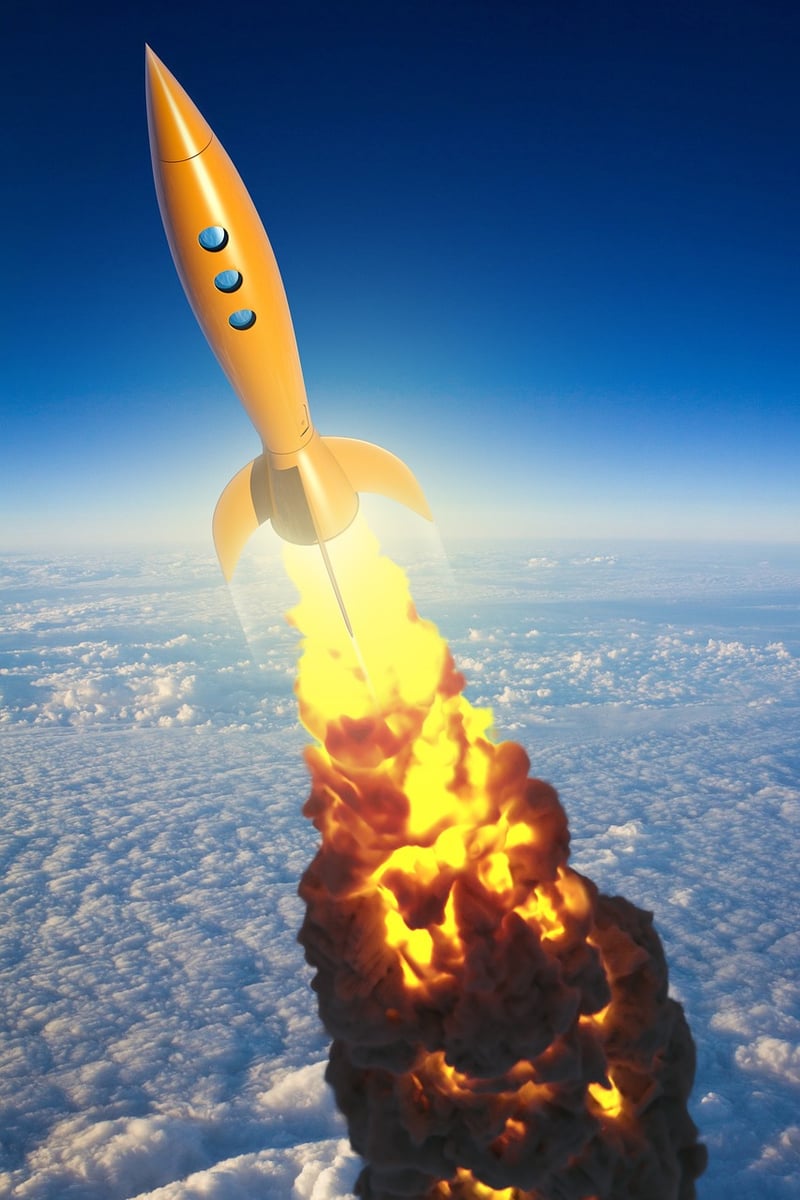Spacecraft Design
The Future of Space Exploration: Innovations in Spacecraft Design
Space exploration has always captured the imagination of humanity, driving us to push the boundaries of what is possible. Recent innovations in spacecraft design have revolutionized the way we explore the cosmos, making missions more efficient, cost-effective, and capable of reaching new frontiers.
1. Electric Propulsion Systems
One of the most significant advancements in spacecraft design is the development of electric propulsion systems. These systems use electric power to accelerate propellant, providing higher efficiency and lower fuel consumption compared to traditional chemical propulsion. This technology enables spacecraft to travel longer distances, reach higher speeds, and conduct extended missions to distant planets and asteroids.

2. Additive Manufacturing
Additive manufacturing, also known as 3D printing, has transformed spacecraft design by allowing engineers to create complex geometries and lightweight structures that were previously impossible with traditional manufacturing methods. This technology reduces production costs, accelerates development timelines, and enables rapid prototyping of components, leading to more innovative and efficient spacecraft designs.

3. Autonomous Navigation Systems
Autonomous navigation systems have revolutionized spacecraft operations by enabling vehicles to make real-time decisions during missions without human intervention. These systems use advanced sensors, artificial intelligence, and machine learning algorithms to navigate through space, avoid obstacles, and optimize trajectory adjustments, improving mission success rates and enabling more complex exploration missions.

4. Inflatable Habitats
Inflatable habitats are a novel approach to spacecraft design that involves using expandable structures to create living and working spaces for astronauts during long-duration missions. These habitats are lightweight, compact during transport, and provide a larger internal volume once inflated, offering a more comfortable and sustainable environment for crews on deep-space missions.

With these groundbreaking innovations in spacecraft design, the future of space exploration looks brighter than ever. As technology continues to advance, we can expect even more revolutionary concepts that will enable us to explore further into the cosmos and uncover the mysteries of the universe.
References:
